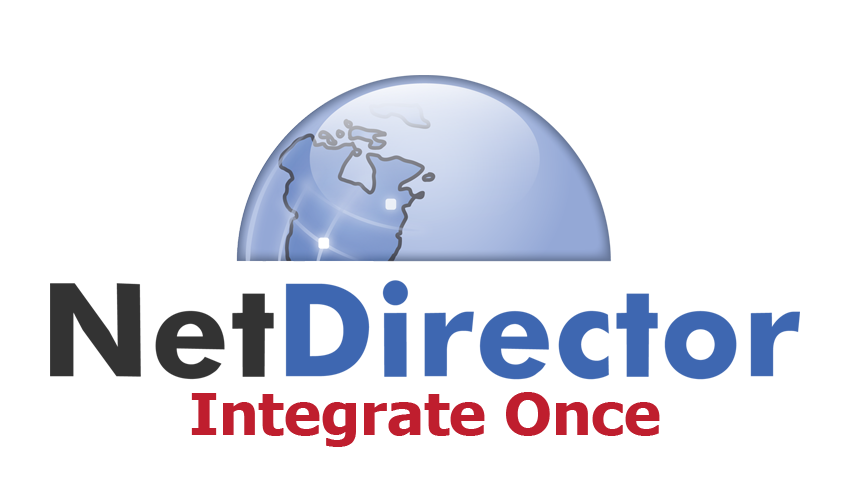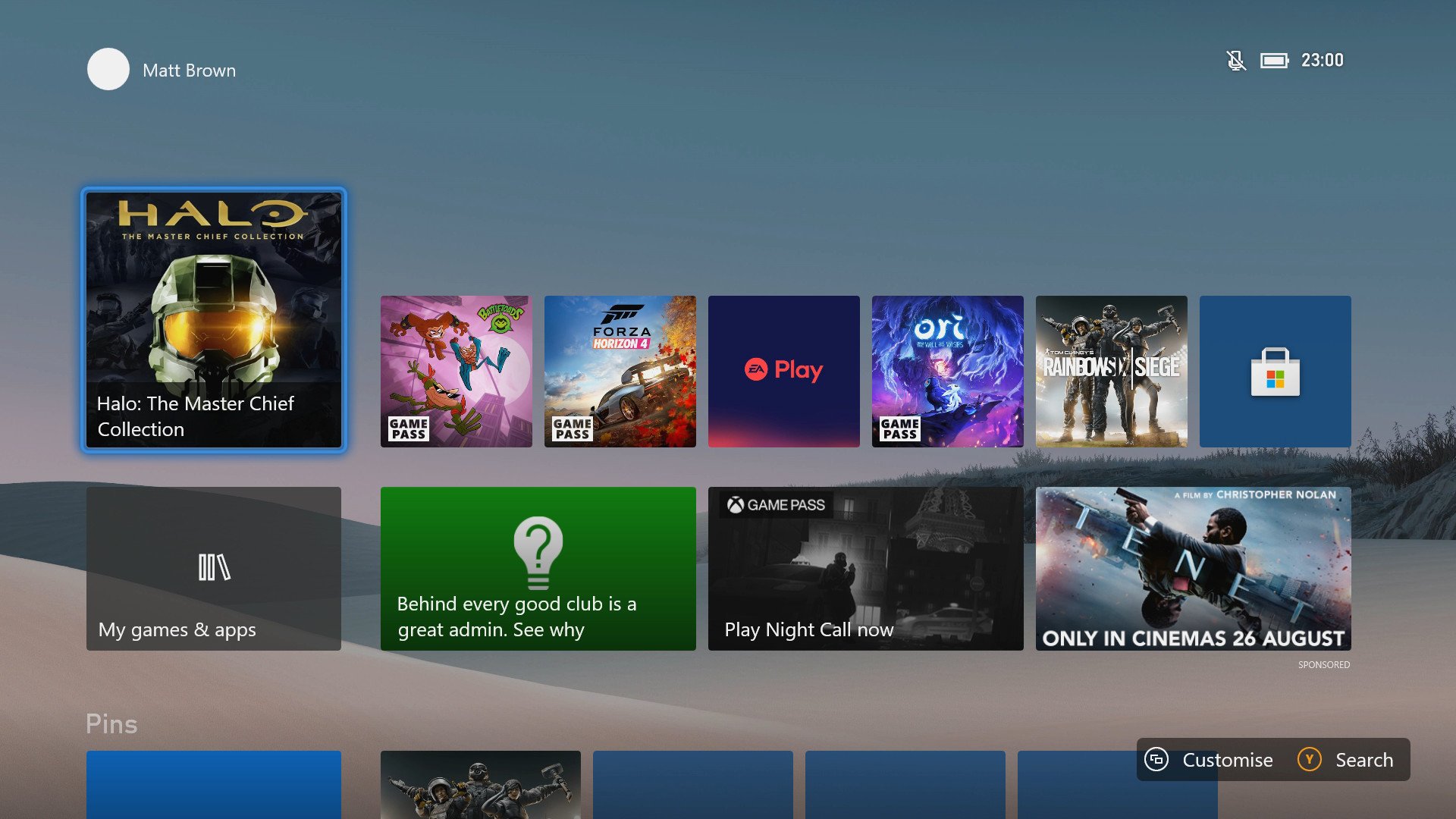Hi, I'm the new WM Virtual Assistant chatbot. If you need assistance with anything, I'm here to help! Rolodex Dashboard is another functional admin dashboard designed by Ben Cline. This is a desktop option for user and merchant dashboard. The designer has made a classy use of shadow, 3D/flat elements, high level data, modular widgets, with nice gradient backdrop and long shadows to give depth. By clicking 'Create Account', you acknowledge that Branch may send you information about our products and promotions. For information about how to opt-out of our promotional emails, click here.
According to a study by Microsoft, human beings have an attention span of just eight seconds. That means you have about seven seconds to get your point across.
Consider this: You could use those seven seconds on text alone – which gives your user time to read about 13 words. Or, you could use a visual to communicate an entire insight in just a tenth of a second. This is where dashboards really prove their value.
Dashboards are single screens that give users a clear view of the information that matters most. They empower us to meaningfully group visuals and tell a richer story. They transform raw data into critical information that jumps out to your users, who can comprehend and act on it in a fraction of the time it would otherwise take them.
Dashboard design can mean the difference between users excitedly embracing your product or ignoring it altogether. Great dashboards lead to richer user experiences and significant return on investment (ROI), while poorly designed dashboards distract users, suppress adoption, and can even tarnish your project or brand.
Unsettlingly, you can even overdesign a dashboard. That’s one of the many reasons we wrote The Definitive Guide to Dashboard Design—to help you avoid common pitfalls, including…
- Cramming too much onto one screen and expecting the user to figure out what’s interesting and relevant on their own
- Getting carried away with fonts and colors so the user is distracted by formatting instead of focusing on the content
- Using visualizations that might look fancy, but really aren’t appropriate for conveying the data at hand
In this guide, we’ll look at examples of these and many more dashboard mistakes in action—as well as examples of great dashboards that embody the fundamentals of design. You’ll learn how to:
- Simplify content to reduce visual elements to only the most critical
- Use size to organize the layout of your data and create a visual hierarchy
- Choose a meaningful color palette that complements your data
- Emphasize important points using font types, color, and weight
- And much more!
If you already use reporting software, you may wonder why you need a dashboard at all. Aren’t dashboards just another way of presenting the information that’s in reports? Simply put: no! Dashboards are not reports.
In dashboard design, not all charts are created equal. A graph might look great, but that doesn’t mean it presents information in a way that can be easily understood and analyzed.
Mobile is changing the way we live. Whether we’re working, reading the news, or purchasing goods, we’re doing it all on mobile devices.
Once you’ve determined the data needs of the different personas in your user base and started coming up with your dashboard design, you still need a way to validate your decisions.
Visual design, usability, and psychology all play a part in how we should design user interfaces for dashboards. The user interface (UI) is the way a user accesses and interacts with your system.
The world we live in is full of overwhelming data and constantly flowing information, and most people have to decode this data to be successful in their jobs. Dashboards transform dull and sometimes opaque data into visually stunning insights that resonate with a wide range of users.
Logi’s out-of-the-box capabilities include an updated library with hundreds of elements for data visualizations, dashboards, and reports; self-service analysis; interactivity options; user input controls; data source connectors; and processes.
According to a study by Microsoft, human beings have an attention span of just eight seconds. That means you have about seven seconds to get your point across.
Consider this: You could use those seven seconds on text alone – which gives your user time to read about 13 words. Or, you could use a visual to communicate an entire insight in just a tenth of a second. This is where dashboards really prove their value.
Dashboards are single screens that give users a clear view of the information that matters most. They empower us to meaningfully group visuals and tell a richer story. They transform raw data into critical information that jumps out to your users, who can comprehend and act on it in a fraction of the time it would otherwise take them.
Dashboard design can mean the difference between users excitedly embracing your product or ignoring it altogether. Great dashboards lead to richer user experiences and significant return on investment (ROI), while poorly designed dashboards distract users, suppress adoption, and can even tarnish your project or brand.
Unsettlingly, you can even overdesign a dashboard. That’s one of the many reasons we wrote The Definitive Guide to Dashboard Design—to help you avoid common pitfalls, including…
- Cramming too much onto one screen and expecting the user to figure out what’s interesting and relevant on their own
- Getting carried away with fonts and colors so the user is distracted by formatting instead of focusing on the content
- Using visualizations that might look fancy, but really aren’t appropriate for conveying the data at hand
In this guide, we’ll look at examples of these and many more dashboard mistakes in action—as well as examples of great dashboards that embody the fundamentals of design. You’ll learn how to:
- Simplify content to reduce visual elements to only the most critical
- Use size to organize the layout of your data and create a visual hierarchy
- Choose a meaningful color palette that complements your data
- Emphasize important points using font types, color, and weight
- And much more!
If you already use reporting software, you may wonder why you need a dashboard at all. Aren’t dashboards just another way of presenting the information that’s in reports? Simply put: no! Dashboards are not reports.
In dashboard design, not all charts are created equal. A graph might look great, but that doesn’t mean it presents information in a way that can be easily understood and analyzed.

Brand New User Dashboard Released 2020
Mobile is changing the way we live. Whether we’re working, reading the news, or purchasing goods, we’re doing it all on mobile devices.

Brand New User Dashboard Released User
Once you’ve determined the data needs of the different personas in your user base and started coming up with your dashboard design, you still need a way to validate your decisions.
Brand New User Dashboard Released Iphone
Visual design, usability, and psychology all play a part in how we should design user interfaces for dashboards. The user interface (UI) is the way a user accesses and interacts with your system.
Feb 12, 2019 DMG supports the body's production of creatine and phosphocreatine, which fuel energy within the brain and curb mental fatigue. Because the supplement can cross the blood-brain barrier, it helps maximize brain function, bolster brain acuity, and improve mental focus. Studies also show benefits for people with autism. Those patients that suffer from cardiovascular issues greatly benefit from DMG. This substance can reduce body trigs and cholesterol. Furthermore, it can also, reduce blood pressure and improve circulation. Health benefits of dmt.

The world we live in is full of overwhelming data and constantly flowing information, and most people have to decode this data to be successful in their jobs. Dashboards transform dull and sometimes opaque data into visually stunning insights that resonate with a wide range of users.

Brand New User Dashboard Released Date
Logi’s out-of-the-box capabilities include an updated library with hundreds of elements for data visualizations, dashboards, and reports; self-service analysis; interactivity options; user input controls; data source connectors; and processes.
